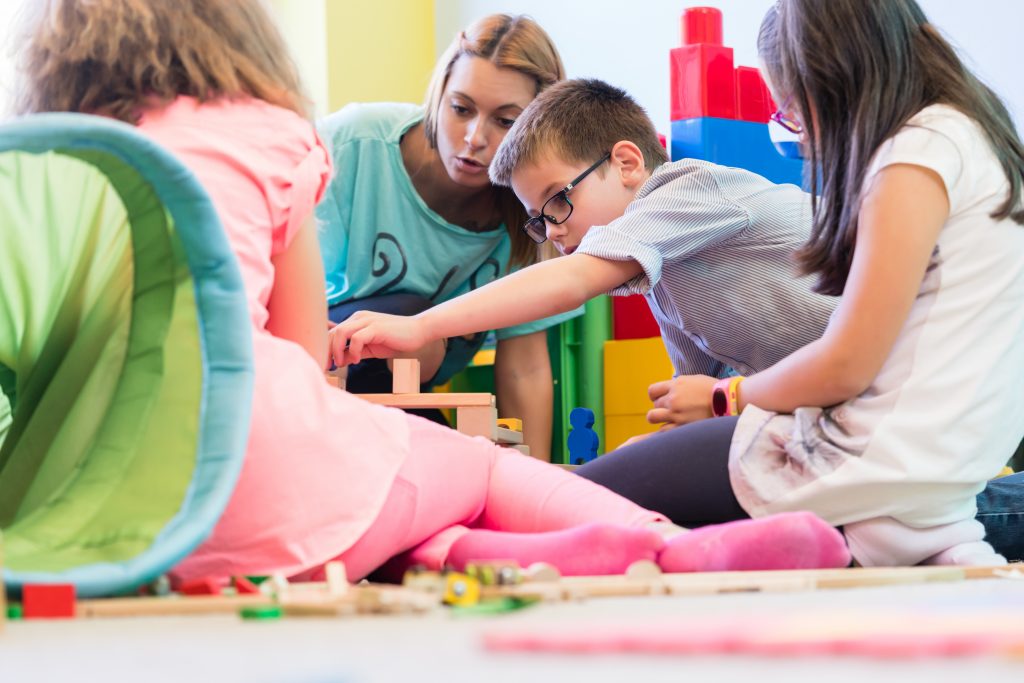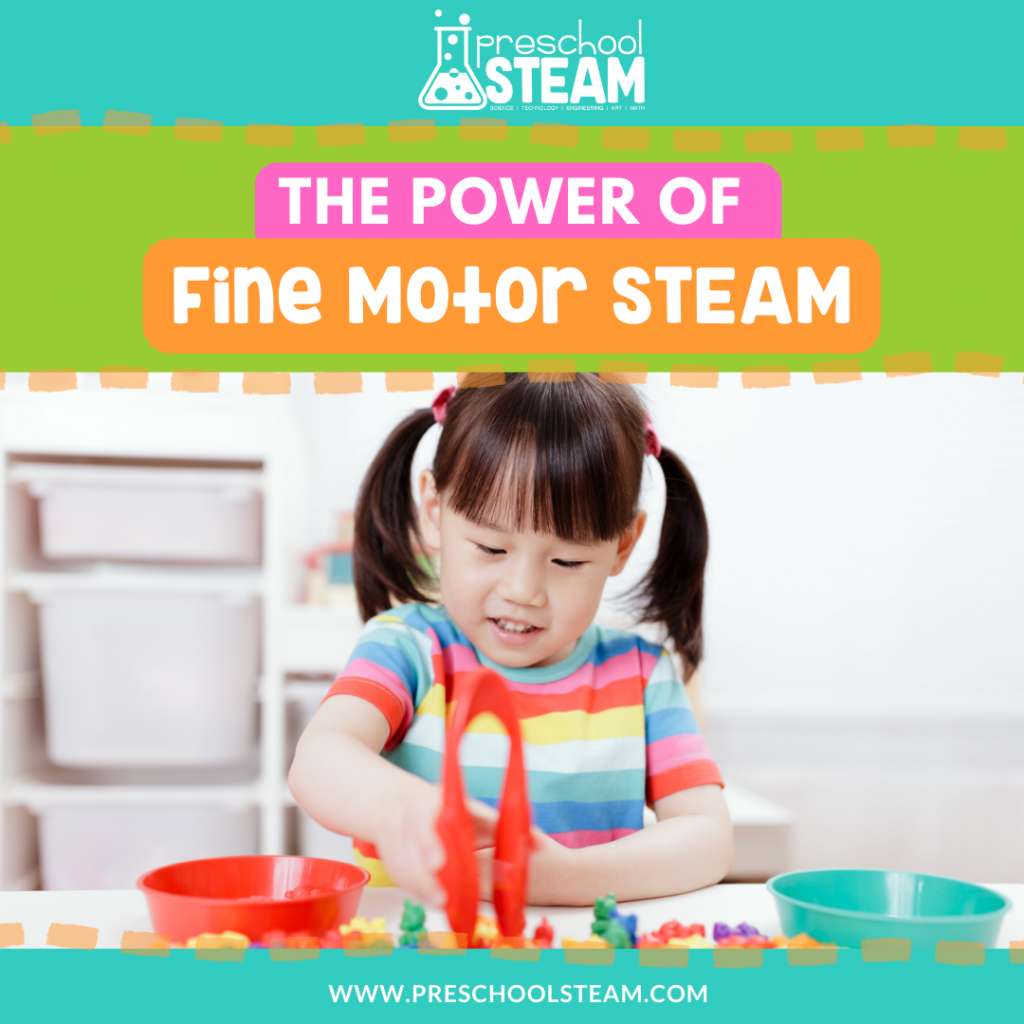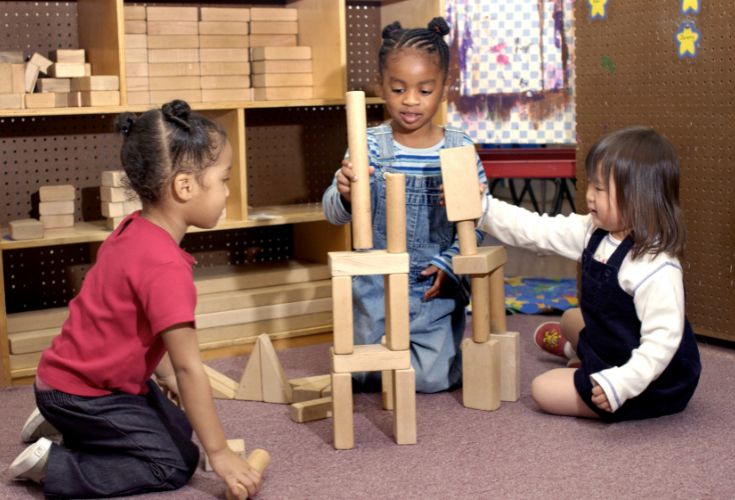Fine motor skills are essential for young children’s development, as they enable them to perform a wide range of tasks, from holding utensils to drawing, painting, and writing. However, children develop fine motor skills at different rates, with significant differences observed between three, four, and five-year-olds.
In this post, we will compare the fine motor skills of children at these ages and offer some STEAM tips.

Three-Year-Olds
At three years old, children’s fine motor skills are still developing, and they typically have limited control over their hand and finger movements. Children at this age may struggle to hold a pencil or crayon and may still be using their whole hand to make marks on paper. However, they can engage in activities that promote their fine motor skills, such as stringing beads, playing with playdough, and using scissors with assistance.
Fine Motor STEAM: Engage three-year-olds in STEAM activities such as building structures with blocks, exploring the properties of different materials (like sinking or floating), and creating art with a variety of materials (paint, markers, and crayons).

Four-Year-Olds
By the age of four, children’s fine motor skills have improved, and they have better control over their hand and finger movements. They can now hold pencils and crayons with a more mature grip and produce more controlled and detailed drawings. Children at this age can also use scissors with less assistance and engage in more complex fine motor activities such as threading beads and building with blocks.
Fine Motor STEAM: For four-year-olds, STEAM activities can include exploring cause-and-effect relationships through experiments, building simple machines with blocks, and using technology “tools” (technology doesn’t have to mean screen time) to promote problem-solving and critical thinking.

Five-Year-Olds
At the age of five, children’s fine motor skills have become even more refined, and they can perform more complex tasks that require precision and control. They can write their names and draw recognizable pictures, and they can use scissors to cut out complex shapes. Children at this age can also engage in more complex fine motor activities, such as building with LEGO and creating more complex designs with pattern blocks.
Fine Motor STEAM: For five-year-olds, STEAM activities can include exploring robotics, building, and testing simple circuits, and engaging in engineering challenges. These activities can promote higher-level problem-solving and critical thinking skills while building on their fine motor skills.

Tips for Promoting Fine Motor Skills:
To promote the development of fine motor skills, parents and teachers can engage children in a variety of activities that challenge their abilities while being fun and engaging. Here are some tips:
- Offer a variety of materials: Provide children with a variety of materials, such as playdough, beads, and blocks, that allow them to explore different textures and shapes.
- Provide opportunities for practice: Give children plenty of opportunities to practice their fine motor skills through activities such as drawing, painting, and cutting.
- Encourage independence: Encourage children to engage in activities that promote their fine motor skills independently, such as building with blocks or stringing beads.
- Make it fun: Make fine motor activities fun and engaging by incorporating games, songs, and stories into the activities.
Fine motor skills are an essential part of a child’s development, and children develop these skills at different rates. By integrating STEAM concepts and activities, parents and teachers can provide children with opportunities to develop their fine motor skills while also promoting critical thinking, problem-solving, and creativity and preparing them for success in school and beyond.


Leave a Reply